https://www.youtube.com/watch?v=8aPe2rAvEbA
Master the PENTATONIC scale on the entire fretboard!
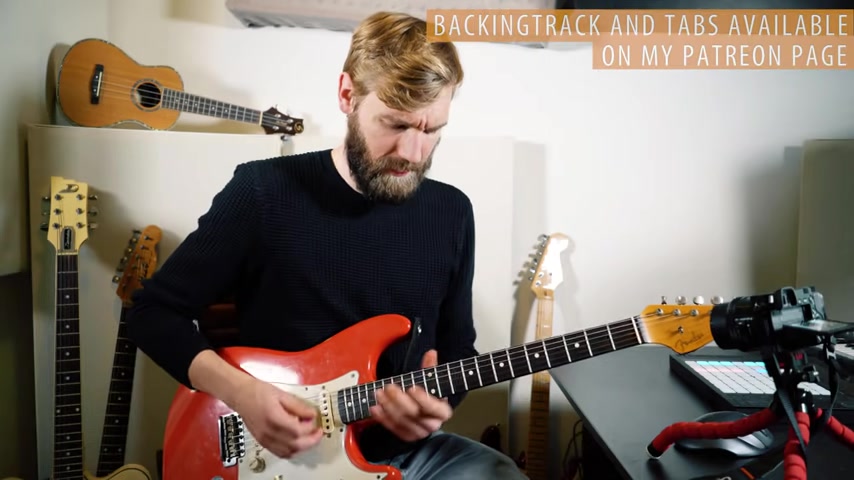
Hi , this is Paul and today learning the best way to play .
Hi , this is Paul and today we're learning the best way to play the Pentatonic skill of the entire night .
So if you're gonna play like this , stay tuned .
So we've all seen the Pentatonic boxes that cover the entire neck so you can jump around freely on the entire fret board .
But this technique we're about to learn is so much more versatile and gives you much more insight in the notes used of the skill , the pena to skill can be seen as the basis of a lot of other stuff .
So if you know what you're doing , that means a great deal for this video .
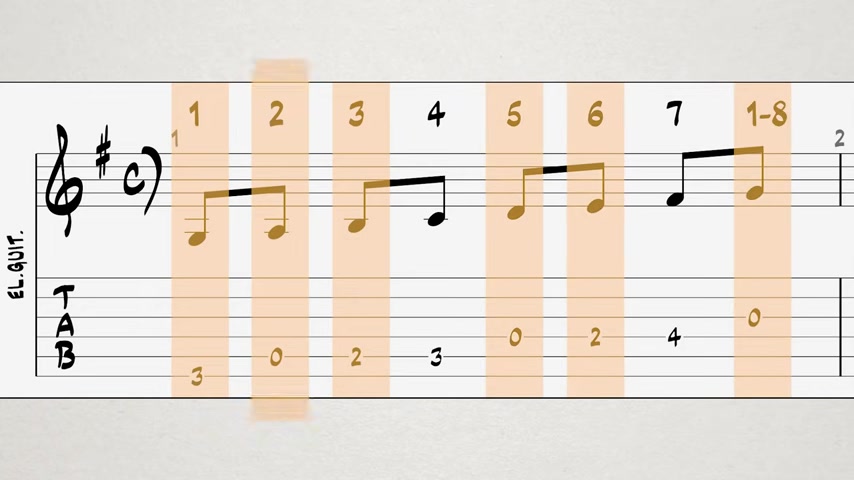
We're staying in the key of G major , but it works exactly the same for every other key minor or major .
It doesn't matter .
The pena scale is built up on the one , the two , the 3 to 5 and the six of the major scale .
So 1235 and six , those notes are used from the major scale .
So knowing that we're gonna play that skill up and down .
So visualizing it from every G on the fret board is the key to this exercise .
So this G is the first we're starting on , we're going up and we're going down as well .
So five notes down and both ways up or down always lead to another .
So if you're growing up , the next key is over here , never going down .
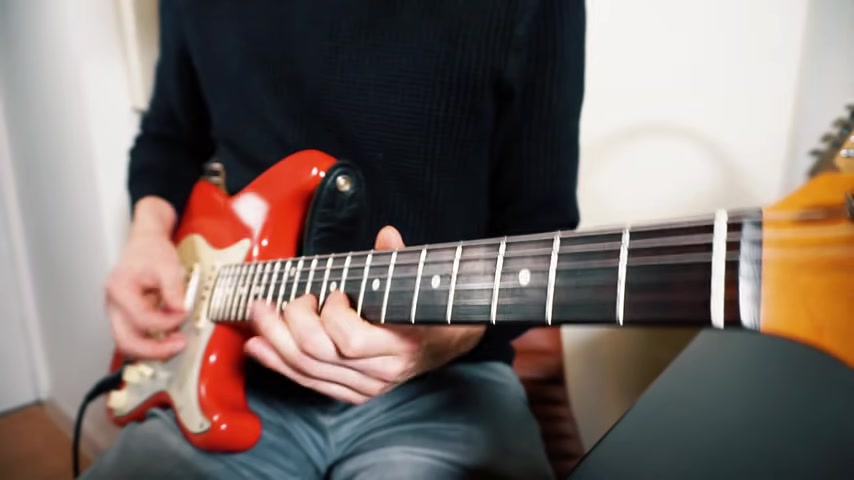
So the first league I played was I think some like that .
So we're starting on the six of the Pentatonic scale .
In this case , that is the E for number nine on the third string , then we go to one and two and the two , we bend to three .
So that's the major , not minor would be that's major release and pull off to eight again , back to the six and then to the five and then we slide from 1 to 2 and back to one .
So that is a pattern .
Now we know that one pattern , but we're gonna play that pattern on any G note all over the board .
Now I went to over here .
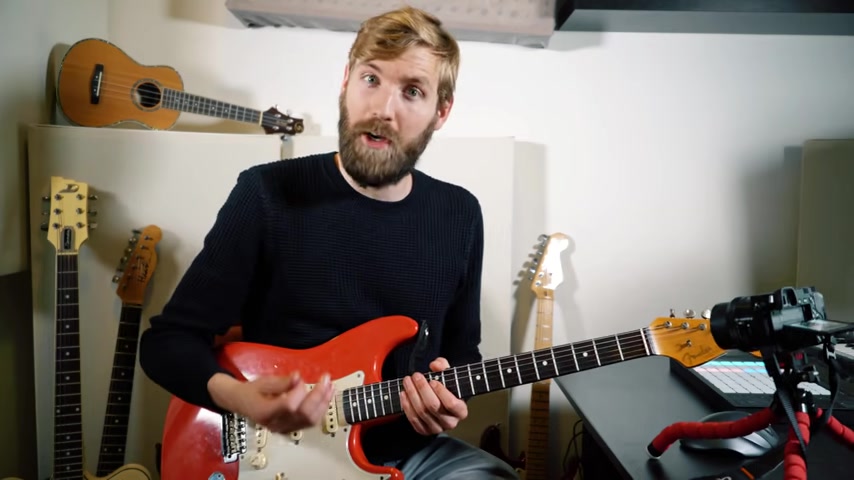
This is the same G only on a different position .
So the fingering changes me .
Now we can go one octave lower to this , for example .
So here the pattern is like this , we want to go one octave higher .
Again , we can try this G on the first string .
You can use a slide if bending is too difficult over here .
But , and of course , the highest octave we got .
So playing these licks in octaves gives it much more musical sense and knowing where you are in the skill .
So on the one or on the three or on the five or on the six , whatever gives the lick much more meaning .
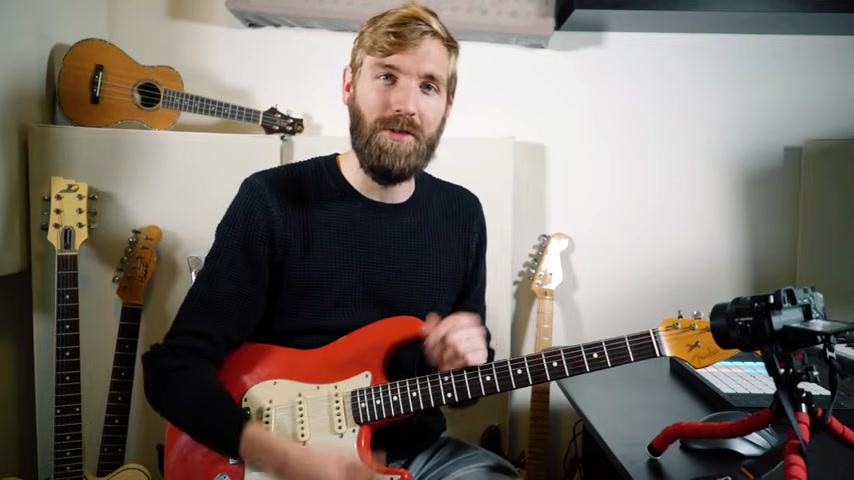
Instead of just noodling on , rambling on , going from low to high and back down without even knowing what you're doing .
So you should be able to find a G on any spot on a guitar .
It's really an essential skill for guitar players knowing where the notes on the fretboard are GGGG GG .
There are so many GS , but all those GS bear opportunities .
So you can start on any G or you can see that G as a starting point .
Of course , you don't have to start on the G .
But if you want to link the Penton scale to that G , that's very convenient .
So the next leg was just a run up the scale 1235 and then back to three and five and then six and one .
So we're gonna try to play that everywhere .
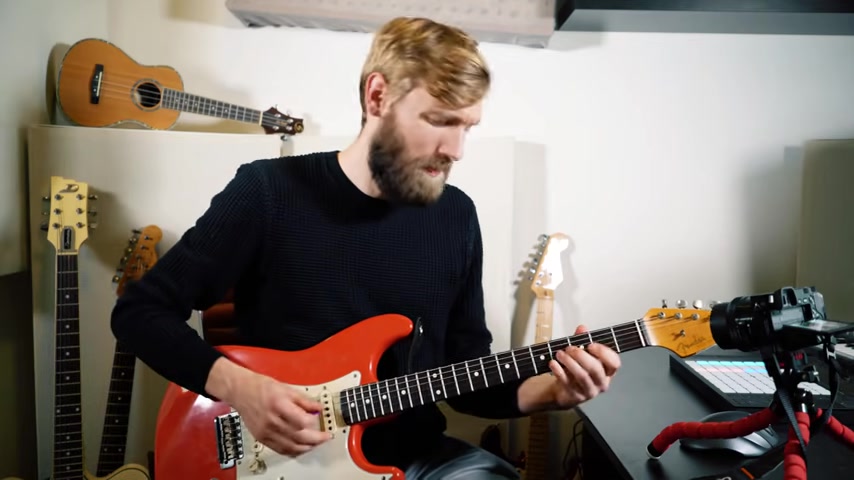
You can really play it everywhere and the more places you know , where to play it , the more versatile you are breaking it up in much more smaller patterns instead of a big giant pattern like this will make you much more nimble playing all over the board .
All right .
The next lick I did was something like this .
So I do a hammer on from the 2 to 3 starting on this G .
So this is a two hammer 2321 and then to two again , back to one to six and five .
And then I went to an octave lower and now I'm using slide to set up a pull out of an MR .
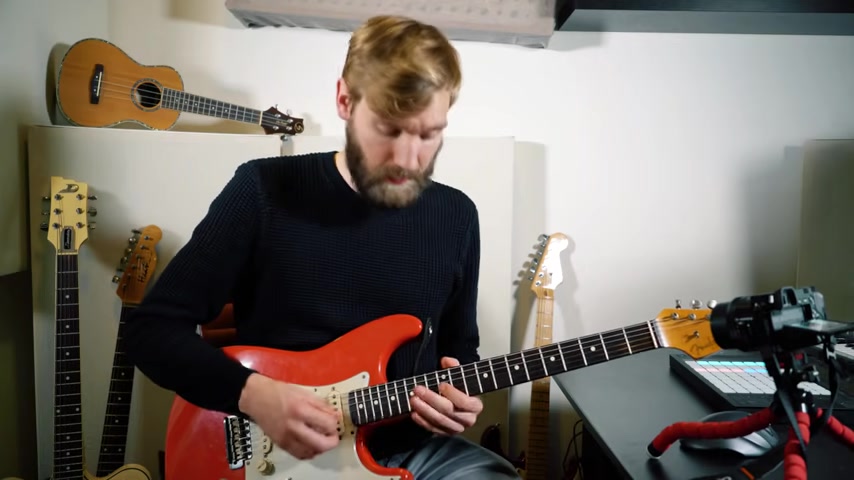
This was on the basis of this che now we go and went out to flower again doing the same .
Then I ended on the G over here .
Then I did a sweep .
I think , I'm so sorry .
So I started on the C shape of the gauge system .
We all know the gauge system , the C shape .
Then I went to the D note on the first string back to the D 10 level .
And then I went up on the scale depending on the scale of G major on just the bottom two strings , which is not per se this exercise , but it's a very cool lake as well .
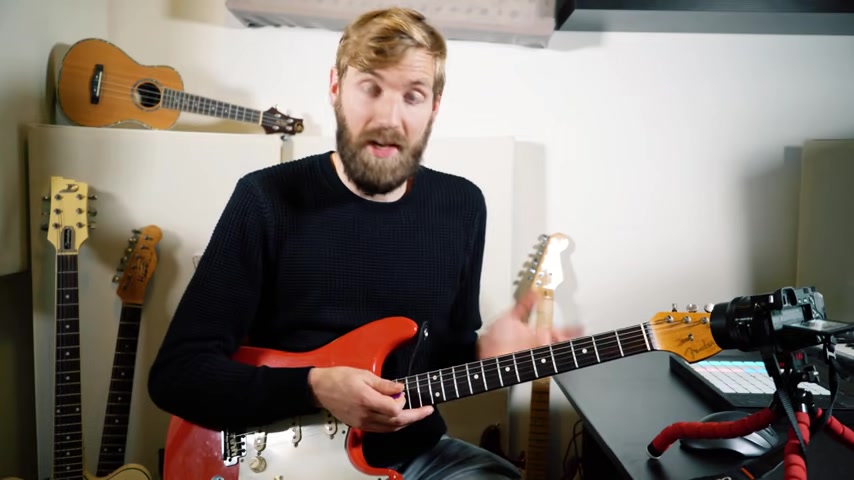
Yeah .
So , and that was what I played .
So let's say you wanna play a lick in the key of C , just find the CS and do the same .
It's very easy .
So the CEO here , for example , see over here and the easier you find AC or a G or a B flat or an F or an A sharp or whatever , the easier you can play to depend on a skill over the entire neck and to make the portions small , the parts small , you can be much more versatile , changing everything around makes everything way more easy .
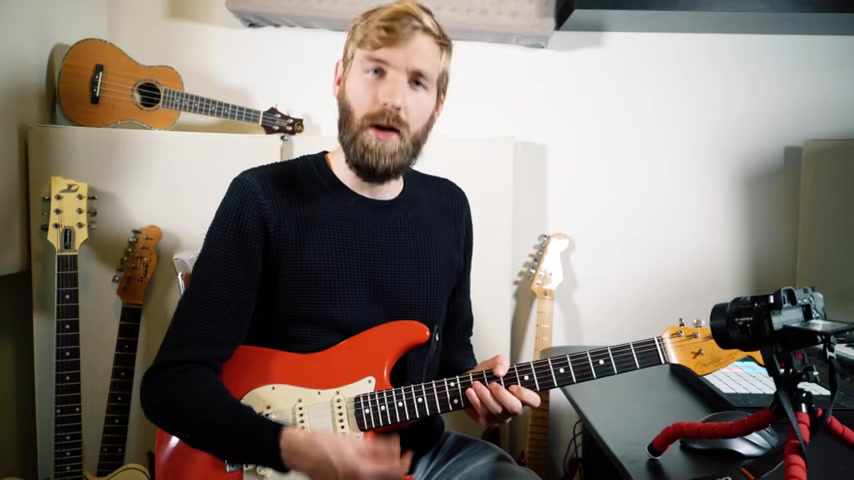
If you know what you're doing , let's say you're bending to the third and you know , the core chain is too minor .
It becomes ac minor , you know , that , that be used to be flat instead of , oh it's gonna happen , of course , changing to a minor .
You know , you don't know what happens .
Or let's say you want to add a seven , a flat seven to the scale because we're playing a G7 cord , you can just add one note and the note is the same on every pattern because you know the patterns .
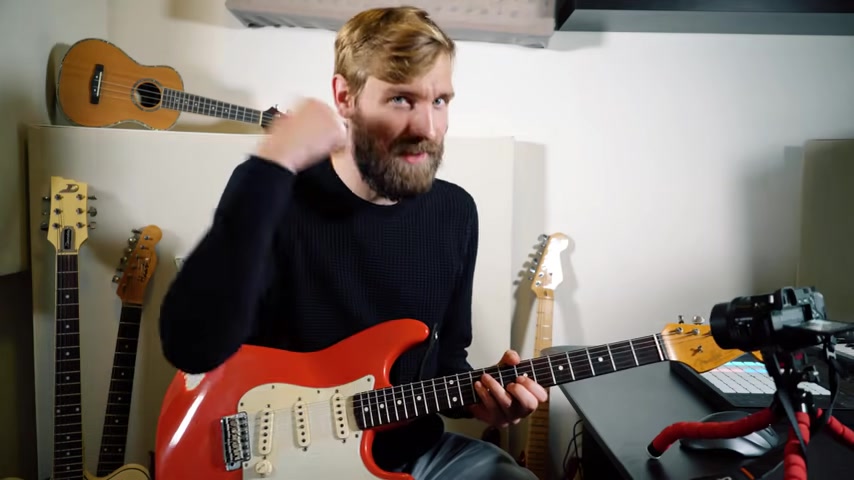
Yeah , stuff like that happen .
So um yeah , just be versatile , be flexible .
Find any G play the pattern from there up and down in both directions and , and know when you're on the next G and think from that G again , the same pattern .
So we start on this G play the pattern and now start again in your hand .
You don't have to start again literally , but you need to think you're starting over .
All right , I hope this little lesson gave you some insight in the world of Pentatonic .
So the backing track I played over in the beginning is downloadable on my Patreon page and taps for what I played as well .
Um So if you want to support me , check out that site and you're really helping me out too , if you just like this video or leave your comment or share this video , whatever .
Thank you so much .
Have a great day and I'll see you next time with another video .
Goodbye .
Cheers .
Are you looking for a way to reach a wider audience and get more views on your videos?
Our innovative video to text transcribing service can help you do just that.
We provide accurate transcriptions of your videos along with visual content that will help you attract new viewers and keep them engaged. Plus, our data analytics and ad campaign tools can help you monetize your content and maximize your revenue.
Let's partner up and take your video content to the next level!
Contact us today to learn more.